The startup funding landscape is often depicted as a ladder: founders climb from friends-and-family and angel rounds through Seed and on to Series A, B, C, and beyond. Each stage of financing from pre-seed to Series C+ represents a milestone in a startup’s journey, bringing different goals, investors and expectations. Understanding the nuances between Series A and Series B is critical for founders and investors: choosing the right time to raise (and from whom) can make or break a venture. Recent market shifts (peak venture funding in 2021 followed by a correction) mean that each round’s size, valuation and terms may vary substantially yearly.
How Many Series of Funding Are There?
Startups typically raise capital in sequential rounds. Broadly, these are series pre-seed, seed, series A, series B, then Series C, and beyond. Each round has a different purpose, investor profile and typical size. Below is a summary of each stage:
Pre-Seed Funding
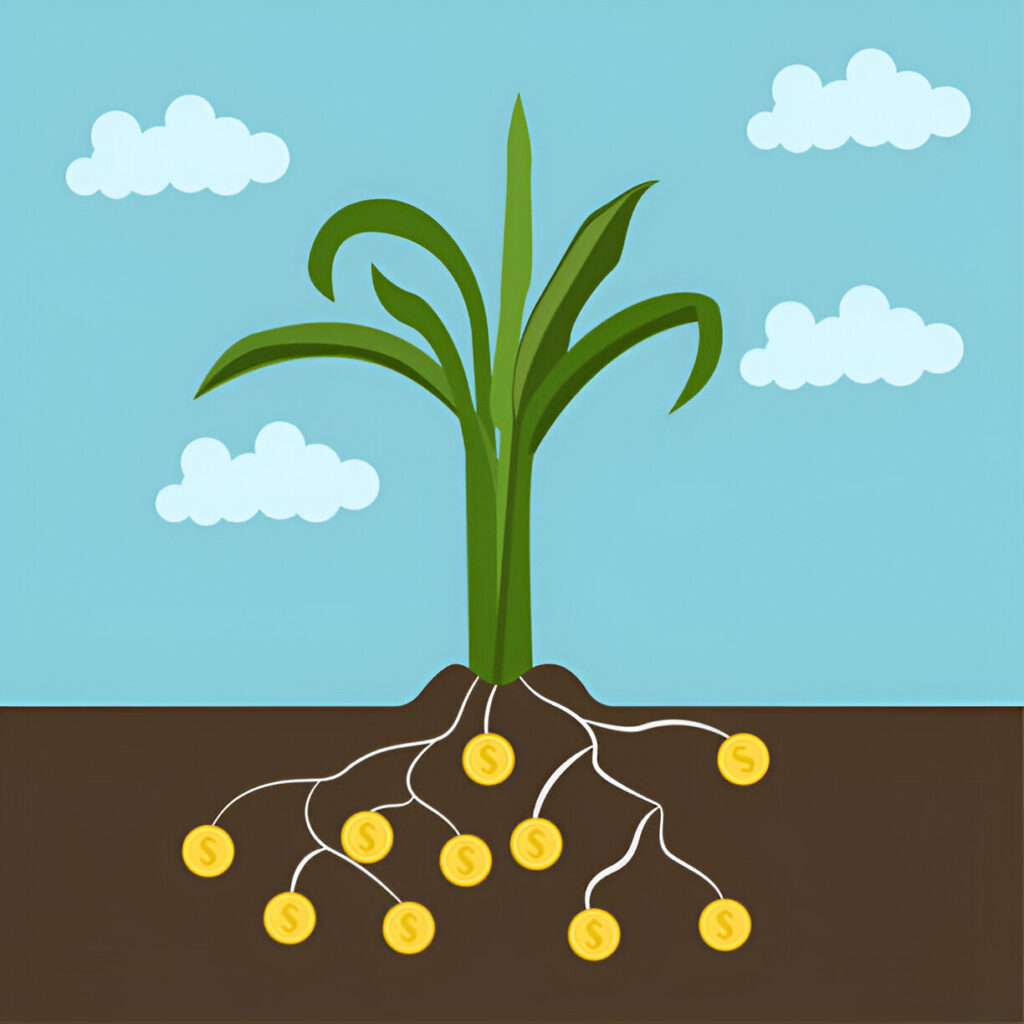
- Definition: The very earliest institutional round, often before a product exists. Founders may still be refining their idea or MVP. It usually overlaps with traditionally considered “friends & family” funding.
- Investors: Typically funded by founders’ networks, angel investors, early-stage startup accelerators, or newly formed pre-seed VC funds. (Major VCs seldom lead at this stage.)
- Format: Often done via convertible notes or SAFEs (Simple Agreements for Future Equity) rather than priced equity.
- Typical Size: Up to a few hundred thousand dollars is common; Carta notes that prototype pre-seed rounds are usually “up to $200K” (though the range can flex higher with strong angels or micro-VCs), The funds are used to “test your idea” and build a basic prototype.
Goal: Validate the concept enough to justify a larger Seed round, e.g. build a proof-of-concept, conduct market research, or even get to an MVP demo.
Seed Funding

- Definition: The first official equity round after pre-seed. By the Seed stage, the startup typically has a product prototype or MVP and some early users (or at least pilot customers), but little or no revenue. Seed capital is used to build out the product and initial go-to-market.
- Investors: Angel investors, early-stage VCs and accelerator programs are everyday. Seed rounds may also see participation from smaller venture firms or syndicates.
- Typical Size: Seed rounds have grown in recent years. Today, they range from ~$0.5 million to $5 million. (Carta data shows a median US seed round was about $3.5M in 2024)
Goal: Achieve product-market fit. Funds are used to hire a founding team, complete product development, start marketing and sales, and secure initial customers. In short, the goal is to show that the idea can become a real business.
Series A Funding
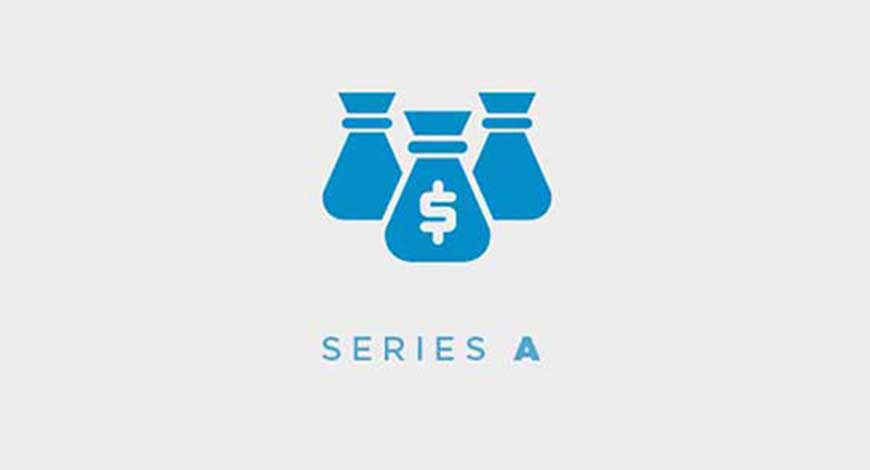
- Definition: The first significant round was led by institutional venture capital firms. By Series A, a startup should have a defined product and demonstrate traction or traction metrics (user growth, initial revenue, etc.). The round is structured as a priced equity round (Series A preferred stock). It often funds the startup’s transition from the prototype stage into a fast-growth phase.
- Investors: Primarily venture capital funds (e.g. Sequoia, a16z, Benchmark, etc.) and, at times, prominent angels or “super angels” may co-invest. Investors are looking for companies with precise product-market fit and a strategy to become profitable in the long run.
- Typical Size: Generally larger than a seed. Investopedia notes Series A rounds “typically raise between $2M and $15M” (with a January 2025 average of $16.6M in the US). Carta Data cites a typical Series A in the $310M range. Recently (2024), the median Series A round in the U.S. was on the order of $1020M (with averages around $ 12 M). Use of proceeds is generally for scaling up product development, hiring key teams (engineering, sales/marketing), and expanding customer growth.
Goal: Scale the business. Series A funds are typically earmarked for growing sales, establishing a sustainable business model, and moving decisively toward product-market fit. By the end of a Series A, investors expect clear evidence that the startup can grow and capture market share.
Series B Funding
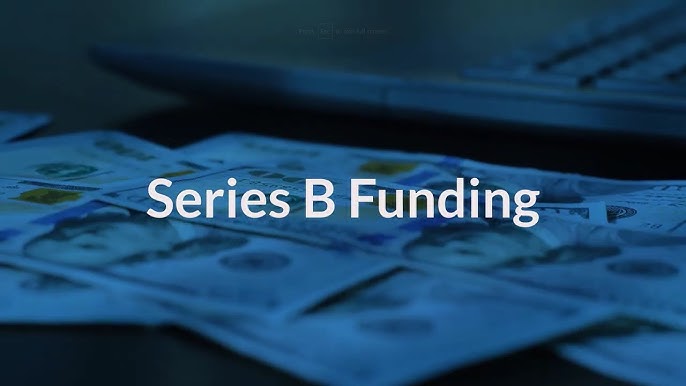
- Definition: The “second” big institutional round. By this point, the company has usually proved its core product works and has initial revenues or strong user traction. Series B is about scaling the company into a mature business. The structure is similar (priced preferred stock), but the round size is larger.
- Investors: A mix of existing Series A investors (who often lead again) plus new, later-stage funds. Series B rounds frequently attract specialised growth investors, corporate venture arms or even early-stage corporate partners. Investors are generally looking for already established companies and on a clear path to profitability.
- Typical Size: Significantly larger than Series A. Carta reports that the median Series B round was about $15 million in late 2023. However, the distribution is wide: some more minor Series B’s are only a few million, while top deals easily exceed $ 50 M. (For example, in the 90th percentile a Series B in Q3 2023 was $60M) data indicates recent Series B rounds average $2028M, and $26.2M on average in Q3 2024.
Goal: Accelerate growth and market leadership. Funds are used to “solidify category leadership and market position, expand into new markets (even internationally), refine products and scale revenues toward profitability”. Series B businesses are often gearing up for tens or hundreds of millions in revenue, with teams expanding in sales, marketing, and operations.
Series C and Beyond
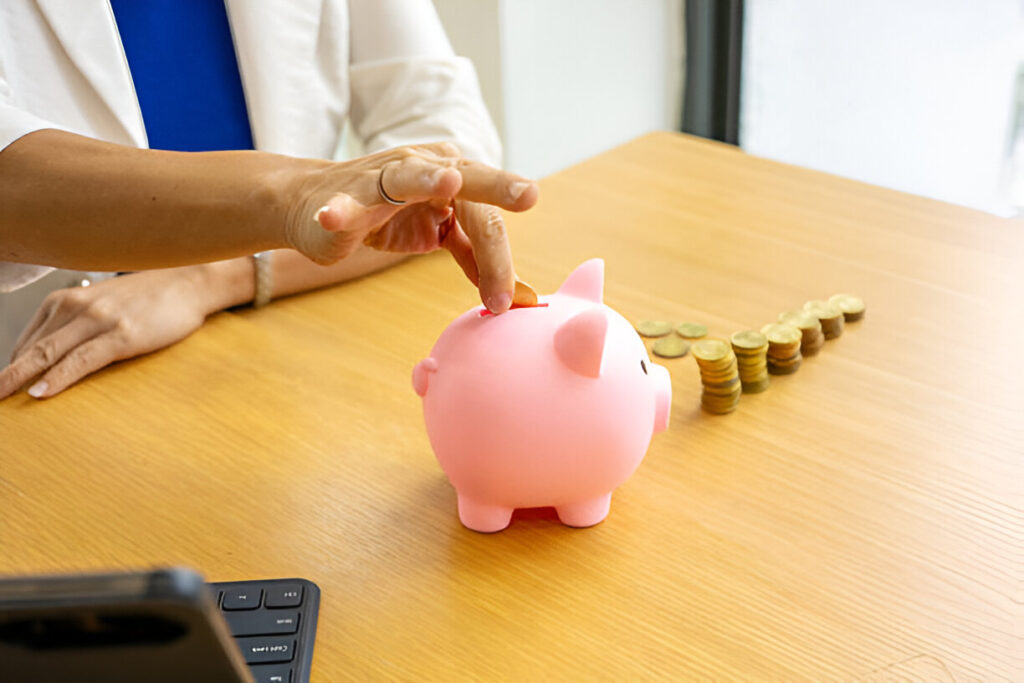
After Series B, Series C (D, etc.) rounds fund later-stage growth or pre-exit activities. Companies raising Series C are typically quite mature, often profitable or on the verge of profitability, with proven business models. These rounds are usually very large (tens or hundreds of millions) and attract late-stage VCs, private equity, hedge funds, or corporate acquirers. Series C proceeds might be used for acquisitions, new product lines, or global expansion, all in preparation for an IPO or major scale.
Understanding Series A Funding
What is Series A Funding?
Series A is the first institutional venture capital round after a startup’s seed stage. By definition, it involves selling preferred equity to VCs at a set (pre-money) valuation. In practice, a Series A company typically has a working product, some, somemarket traction (users or revenue), along witand of product-market fit. Venture investors use the Series A to propel the startup from “proof-of-concept” to a high-growth business model. In the words of Kruze Consulting, a Series A startup “has found some success, has found product-market fit, and is ready to scale”.
Investopedia summarizes it well: “The first round of financing after the seed round is called the Series A round”. Companies raising Series A are expected to have a solid plan for turning their idea into a long-term profitable business, not just raw growth. This explains why firms like Sequoia, Accel, and Google Ventures often participate: they bet on founders who can execute a scalable vision.
Purpose of Series A Funding

The goal of Series A capital aims to scale operations and achieve real market traction. Common uses include building out the product or platform, hiring an engineering and sales/marketing team, refining the go-to-market strategy, and expanding the customer base. In practical terms, Series A funding is often used to run a startup’s core engine at full throttle: accelerate user acquisition, improve the product, and get to a revenue run-rate that convinces investors of the business model’s viability.
For example, notes that Series A is a “monumental moment” where a company has to decide how to allocate capital over the next 618 months. It should raise enough to hit the next milestones and justify a Series B. In short, use Series A funding to “grow the business,” with clear objectives that will lead to future rounds.
Typical Investment Amount
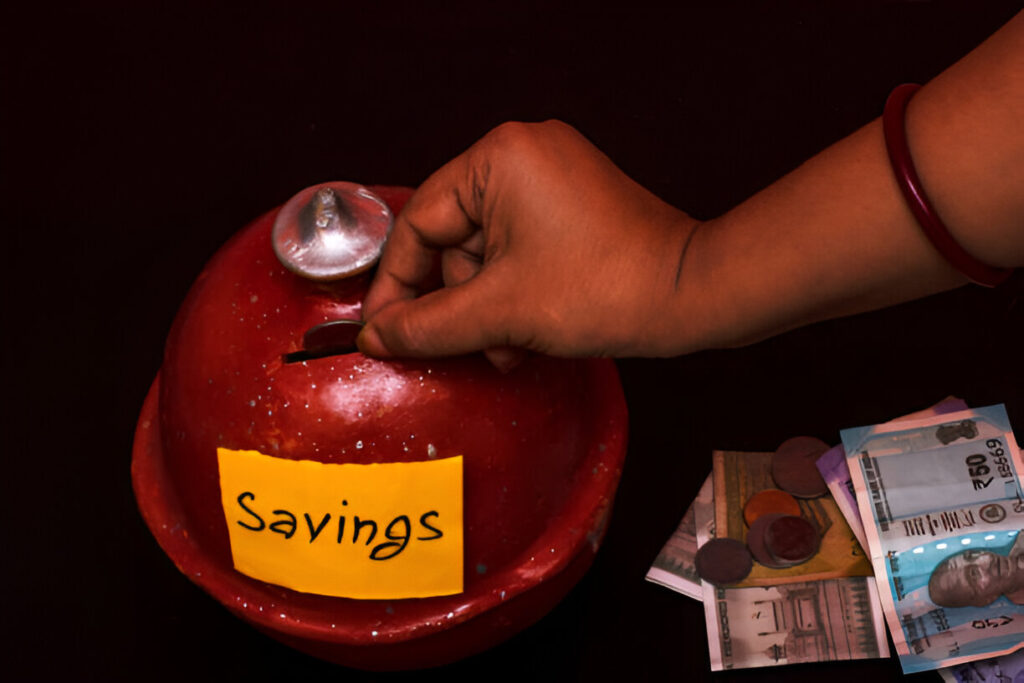
Series A rounds tend to be in the single—to double-digit millions. As of early 2025, Investopedia cites a typical range of $2M$15M. (Crunchbase data puts the 2024 average around $16.6M.) Carta offers a guideline of about $3m$10m for a traditional Series A, while recent U.S. medians have been closer to the $1020M range.
Ultimately, the round size depends on the startup’s needs and leverage—how much runway it requires to hit the next big milestones. The investor syndicate usually includes a leading VC (taking the largest share of the round) and a few other participants.
Key Players in Series A
Series A round Venture capital firms usually lead series A rounds be early-stage funds (e.g. First Round, Bessemer, or local VC firms) or larger, well-known Silicon Valley firms. In many cases the seed investors (angels or micro-VCs) participate again, but the anchor check typically comes from institutional VCs. Notable investors active at the Series A stage include Sequoia Capital, Andreessen Horowitz, Google Ventures (GV), Intel Capital, and others investopedia.com. Sometimes a strategic corporate or prominent angel will join as well. The mix often depends on the industry: for example; for biotech funds or strategic partners might be distinguished.
Startup Req in biotech or deep requirements for Series A
Raising a Series A is competitive. VCs are looking for evidence that the company can grow into a large business. Key requirements include:
- Traction and Growth: Investors expect meaningful traction. This could be rapid user growth, strong revenue gains, or other key performance indicators. Kruze Consulting and Crunchbase data emphasize that by 2023, startups raising Series A were growing revenue roughly 4x faster than those that failed. In practice, SaaS startups often show hundreds of thousands in Annual Recurring Revenue (ARR), a standard benchmark before a Series A.
- Unit Economics: Profit margins and capital efficiency matter. Startups that closed Series A in 2023 had very high gross margins (~80%) compared to ~9% for those that failed. Similarly, efficient burn (the ratio of cash spent to net new ARR) was key: companies that succeeded had an average burn multiple of ~3.1×, while failures had burn multiples an order of magnitude worse. In short, VCs want to see a path to profitability or a clear understanding of the economics.
- Product-Market Fit: The startup should have a product that resonates with customers. Carta succinctly puts it: At Series A, the startup is expected to have found product-market fit and be “ready to scale”.
- Strong Team: Investors will vet the founding team closely. They look for founders who deeply understand their market and are “hungry” to build the company. Experience can help, but more important is the team’s insight, passion, and ability to execute Kruze Consulting notes that VCs want “someone who is hungry… someone who has to build this company.”
- Solid Plan: Founders should be able to articulate exactly how the Series A funds will be used to grow. A clear financial model and go-to-market strategy (customer acquisition, sales plan, etc.) are critical. As Kruze puts it, investors simply ask: “Where are you spending my money?”. Founders must answer that by showing a roadmap to the following milestones (product improvements, hiring plans, market expansion, etc.).
- Reasonable Valuation: Given current market conditions, valuations have come down from 2021 peaks. Data shows median Series A pre-money valuations peaked around $48M in early 2022, then declined to around $35M by late 2022, settling near $40M by late 2023. Startups should calibrate their valuation expectations to current benchmarks. Overpricing can kill a deal.
In summary, successful Series A candidates are typically post-seed startups that have demonstrated early success and efficiency. As one Crunchbase advisor observed, the bar has moved up: nowadays, “it takes two-plus years to get to an A, and you need meaningful traction, early signs of product-market fit and good growth”, news. crunchbase.com. Meeting these requirements greatly improves the odds of closing a substantial Series A.
Understanding Series B Funding
What is Series B Funding?

Series B is the next major priced equity round after Series A. The company has usually proven its core product and business model by this stage. Series B investors seek to take the business to the “next level”: expanding its market reach, scaling operations, and positioning it for even larger growth. In other words, Series B is about fueling a startup’s transition from early-stage to growth-stage. It typically involves selling new preferred stock to a combination of existing and new investors. The capital raised can range widely, but is much larger than Series A on average.
Purpose of Series B Funding
Series B funding is used to accelerate growth on a broader scale. Common uses include:
- Scaling Sales & Marketing: Building a whole sales team, ramping marketing efforts, and entering new geographic or customer segments.
- Hiring Key Talent: Bringing in executives, engineering talent, or other specialists needed for expansion.
- Product Expansion: Further developing or broadening the product line, adding features to capture more market share.
- Market Expansion: Launching in additional regions or industry verticals.
- Building Infrastructure: Enhancing customer support, IT systems, or other infrastructure to support a larger user base.
As one analysis puts it, Series B funds are typically used to “solidify category leadership and market position, expand into new markets (including international opportunities), refine product offerings…and scale revenues toward profitability.”. By Series B, the company should have a solid foothold in its market; the new capital helps it dominate the space and move closer to a self-sustaining, profitable operation.
Typical Investment Amount

Series B rounds can vary significantly but are generally much larger than Series A. Recent data shows the median Series B round in the U.S. was about $15 million (Q3 2023) 60 M. The full range is wide: Carta reports that in Q3 2023, the 10th-percentile Series B was $3M, while the 90th-percentile was $60M. In the hottest markets 202122, some Series Bs were well over $100M. Averages tend to settle in the tens of millions; for example, one report finds average Series B deals have been $2028M since 2022 (with a Q3 2024 average of ~$26M).
It’s important to note that companies with massive ambition often pursue the very most significant Series B rounds. For instance, as of early 2024 some enterprise software firms and consumer startups had raised Series B rounds well into the hundreds of millions. However, most companies raising Series B will fall below those extremes; Carta notes that many are “somewhere in the middle” between those outliers.
Key Players in Series B
Series B syndicates often include a mix of earlier investors and new participants. Usually the lead Series A investor will reinvest and continue as anchor. But Series B also brings in VCs or funds specialising in growth-stage deals. In addition, later-stage venture funds, private equity arms, or corporate investors may join at Series B, reflecting the larger stakes. For example, two founders who have only done Seed and A rounds might see interest from new VC firms or growth funds at the B stage. You may have “all of the above, plus VCs that focus on Series B rounds”. This means the cap table diversifies: Series A investors get pro-rata rights to participate, and new big players come aboard.
Startup Requirements for Series B
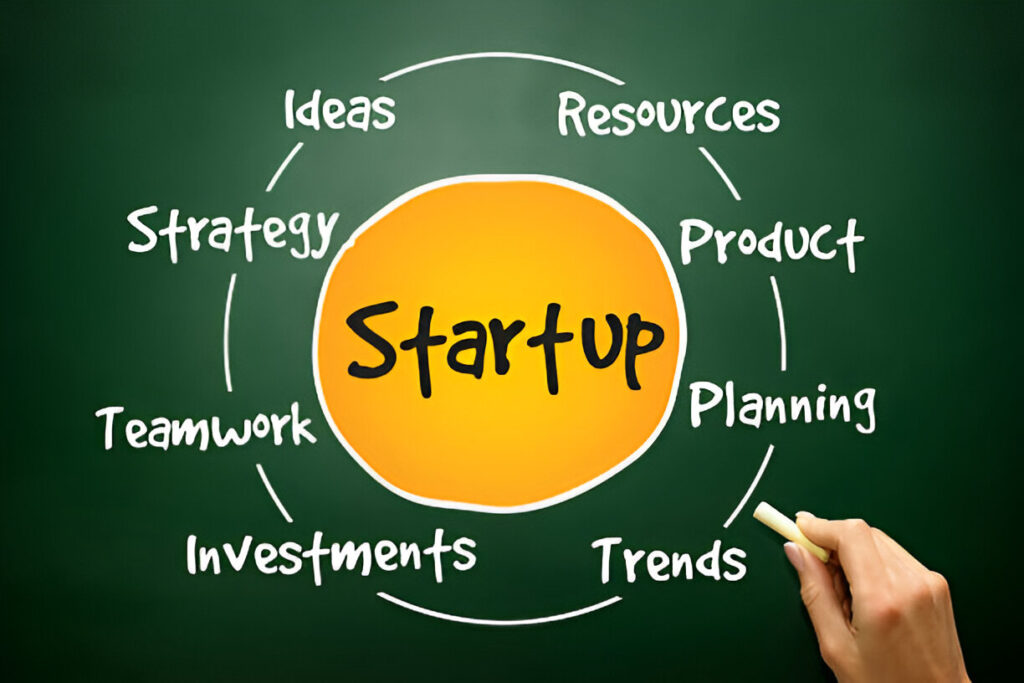
A startup pursuing Series B should already have much of the heavy lifting done. Key requirements include:
- Proven Business Model: The company should already generate substantial revenue and show consistent growth. Carta notes that many Series B companies are either turning a profit or have a clear path to profitability. Investors want evidence that the business model works at scale, not just in a limited market test.
- Scalable Operations: Systems should be in place for rapid expansion (e.g., mature sales processes, reliable technology stack). The startup needs to demonstrate that it can “scale revenues and optimize operations” with the new funds.
- Robust Metrics: By Series B, investors will scrutinize financial metrics. Growth rate, gross margin, ARR, customer acquisition cost, churn, and retention all come under the microscope. For example, strong customer retention (high net revenue retention) and healthy unit economics (CAC vs LTV) are critical Series B guide emphasizes that “investors are looking for consistent revenue growth, strong customer retention, a clear path to profitability, [and] efficient unit economics”.
- Category Leadership: Series B investors look for signs that the startup can dominate its niche. Growth stage funding often hinges on positioning — the founders should convincingly outline how the startup will become or remain a market leader.
- Experienced Team: The founding and executive team must be capable of executing at scale. At this point, investors expect seasoned leadership or advisors, as running a larger business is complex.
- Stable Unit Economics: Though growth is key, burn rate still matters. Series B investors often check that the startup has not grown recklessly without regard to margins. In tight funding environments, those with very high burn relative to growth may struggle to close even a Series B.
In essence, raising Series B requires showing that the company is well on its way to becoming a substantial, self-sustaining business. Investors at this stage are less tolerant of uncertainty and want reassurance that their capital will be used efficiently to solidify the company’s market position.
Series A vs Series B: Key Differences
Stage & Business Focus

- Series A (Early Stage): Focus is on building and validating the business model. At Series A, companies are still working out core issues like product-market fit and efficient customer acquisition. The emphasis is on growth and scaling core functions (engineering, initial marketing, etc.).
Series B (Growth Stage): The focus shifts to expansion and optimization. By B, the product and market have been validated. Now, it’s about scaling operations, adding sales and marketing capacity, expanding into new territories, increasing market share, and strengthening the balance sheet. The business is expected to have a blueprint; Series B funding supercharges the execution of that plan.
Funding Size & Valuation
- Round Size: Series B rounds are typically much larger. For example, Carta data (Q3 2024) shows typical Series A raises of $1020M (with ~$12M average), whereas Series B rounds are often $2050M (avg $26M). Crunchbase also notes median rounds at Series B ($15M) are larger than median Series A rounds in recent years.
- Valuations: Correspondingly, Series B startups usually command higher valuations. According to Carta’s Q3 2024 report, median pre-money valuations were around $45M for Series A and $102.8M for Series B (primary rounds). Kruze Consulting data shows a similar gap: Series A pre-money medians ~ $3548M (202223) vs. Series B medians of $80160M in that period.
Equity at Stake: Earlier investors typically accept giving up a larger ownership percentage in Series A (often 1530%). By Series B, because valuations are higher, investors may take a smaller percentage (often ~1020%) for similar money.
Investor Expectations

- Series A Investors: Primarily expect aggressive growth. They want to see the startup rapidly scaling its user base or revenue while refining the product. It is still a relatively risky bet, so A investors focus on vision and upside. They expect the founders to prove new hypotheses (e.g. go-to-market tactics) and show quick progress. Reports like Kruze’s warn that Series A investors in 2023 are particularly focused on strong unit economics and controlling burn. But overall, they will tolerate more uncertainty if the growth trajectory is high.
Series B Investors: Expect execution and sustainability. By B, investors have seen the concept work on a smaller scale. They expect the startup to deliver on its plans: consistent quarter-over-quarter growth, improving margins, and tight financial controls. Later-stage VCs and growth funds often require more rigorous reporting and governance. Crunchbase notes that Series B investors “expect higher expectations for governance, reporting, and performance metrics”. In summary, Series B investors are less interested in “wild growth at any cost” and more interested in solidifying the business as a market leader, often eyeing profitability.
Metrics Focus
- Series A Metrics: Early traction metrics dominate. This includes user acquisition rates, early revenue run rate, churn (if relevant), engagement, and MVP feedback. Since many companies at Series A are pre-revenue or early-revenue, investors often look at user metrics or pilot contracts. However, given the tighter environment in recent years, revenues and gross margins are increasingly scrutinized even at Series A.
Series B Metrics: By this stage, financial metrics hold sway. Key performance indicators include Annual Recurring Revenue (ARR) growth, gross margin, net revenue retention (NRR), customer lifetime value (LTV) and customer acquisition cost (CAC). Investors expect the startup to report solid, predictable financial trends. For example, advises that Series B valuations hinge on growth rate, margins, ARR, retention and other fundamentals. In practice, a SaaS company at Series B should show double-digit millions in ARR with retention above 100% and healthy gross margins (>60-70%).
Real Startup Examples: Series A & Series B

Notable Series A Companies
- GitHub (2012): The code hosting platform raised $100M in its Series A on a reported $750M valuation. This was exceptional (an enormous A round), but illustrates how a highly successful startup’s A can be jumbo.
- Wayfair (2011): The online home furnishings retailer raised $165M in Series A, reflecting a deep-pocketed strategy to scale in e-commerce. (Wayfair was still private then, later IPO’ing in 2014.)
- AirWatch (2013): The enterprise mobile management company raised $200M in Series A. This round was the largest Series A of its time and highlights how enterprise startups with big visions can draw massive initial VC investment. AirWatch was acquired by VMware for $1.4B in 2014.
- Hulu (2007): The streaming video service raised $100M in its Series A, one of the first “big A” rounds during the Web 2.0 boom. (Hulu is still a dominant private company in streaming.)
- Dropbox (2010): While better known for its later rounds, Dropbox’s Series A was comparatively modest (~$6M in 2010). It was its Series B in 2011 that was $250M. This shows how some startups have small As and large Bs.
Notable Series B Companies
- Zynga (2010): The social gaming company raised $300M in 2010. This is one of the largest Series B rounds ever, enabling Zynga to aggressively expand (“FarmVille” was at its peak).
- Dropbox (2011): Raised $250M in Series B. This huge infusion (led by Sequoia, Accel and others) accelerated Dropbox’s growth; Dropbox later went public in 2018.
- Airbnb (2011): Raised $112M in its Series B. Led by Founders Fund, this round helped Airbnb expand globally. (Its Series C in 2012 was $200M.)
- Zillow (2011): The real estate marketplace raised $100M in Series B (not cited above, but known).
- Stripe (2012): The payments startup raised $80M in its Series B (led by Andreessen Horowitz and Sequoia).
- FuboTV (2016): Raised a $75M Series B (led by 21st Century Fox) as it expanded its live TV streaming service.
These examples illustrate the range of Series A and B deals, from niche SaaS plays to mass-market consumer tech. Notice that many companies with modest Series A rounds (like Dropbox’s ~$6M) raised blockbuster Series B or C rounds once traction was proven. Conversely, some companies have outsized Series A rounds (Hulu, AirWatch) because investors saw them as near-certain winners in big markets.
Common Challenges in Raising Series A & B

Raising venture rounds is challenging at any stage, but A and B each have hurdles. Some common challenges include:
- Competition for VC Attention: Thousands of startups compete for a limited number of VC checks. Getting in front of the right investors and standing out in pitch meetings is hard. Founders often need to “warm up” investors with demos, referrals, and clear market insights. Lack of connections or timing missteps can delay a fundraise. (No specific source; general industry observation.)
- Due Diligence & Data Room Stress: Startups enter rigorous due diligence once term sheets emerge. Investors will request financial models, legal documents, customer contracts, cap table, IP assignments, etc. Preparing and organizing these materials is time-consuming. A well-prepared investor data room can speed this process: it centralizes all documents so investors don’t have to chase founders for every detail. As advises, a robust data room “centralizes all necessary documents in one secure location,” streamlining due diligence and maintaining fundraising momentum. Without it, founders may face repeated document requests, slowing the process.
- Burn Rate & Valuation Risks: In Series A and B, spending too fast (high burn) can scare investors. Even if growth is good, unsustainable cash burn is a red flag. Conversely, over-optimistic valuations can stall a round. In 2023, many startups found that investors demanded lower valuations reflecting market conditions. A startup that raises expectations too high can be forced into a down round (raising at a lower valuation) or fail to raise at all. Kruze Consulting data illustrates this risk: startups with inefficient use of capital (burning much more money for each dollar of ARR) failed to raise at all. Founders must balance growth ambitions with prudent forecasting to avoid valuation pitfalls.
- Team Gaps & Leadership Scrutiny: VCs scrutinize the founding team and leadership. Gaps in the team (e.g. missing a technical co-founder, inexperienced C-suite) will be noted. At Series A, investors are testing whether the founders have deep insights into their market and the hunger to build the company. At Series B, they expect a more established management team. If key roles (e.g. VP of Sales, CFO) are vacant, investors may worry about execution risk. Founders often get grilled on why sure hires haven’t been made and how roles will be filled. Demonstrating self-awareness and a solid hiring plan is crucial here. (No direct source beyond Kruze quotes [57], but widely acknowledged in VC circles.)
In summary, raising Series A or B funds demands not just a great idea but also some traction. Unders must juggle pitching investors, running the business, and handling legal/financial vetting, a stressful combination.
How to Prepare for Series A and B

Success at Series A or B often comes down to preparation. Key steps founders should take include:
- Building Traction Early: Even at pre-seed/seed, focus on traction. Secure early customers or users, build revenue pipelines, and refine unit economics. The more evidence of growth and demand you have before Series A, the better. Crunchbase research shows that startups still underperform if they try to raise A without sufficient revenue and margins. Michael Cardamone (Forum Ventures) advises treating pre-A growth as a multi-year process of proving the model. In practice, aim to hit clear metrics (e.g. $1M+ ARR with steady growth for SaaS, or viral user growth in consumer apps) before your Series A.
- Develop a Scalable Business Model & Revenue Strategy: Show investors the scalability of your model. For software/SaaS, that means demonstrating how revenue increases with customers without proportional expense increases (i.e. healthy gross margins). For marketplaces or platforms, show network effects or efficiency gains. Have a clear sales/go-to-market plan. Kruze Consulting emphasizes the importance of a detailed financial model anticipating the question “Where will you spend my money?” by outlining how each funding dollar drives growth. Good preparation here means building a one- or three-year plan (with multiple growth scenarios) to present in pitches.
- Investor-Ready Pitch Materials: Your pitch deck and financial model must be polished and data-backed. Include market size, product roadmap, customer validation (testimonials, pilots, PR), and precise competitive positioning. Practice your pitch to convey passion and vision. Still, back it up with andor Series B especially, investors will look for standardized reporting: historical financials (P&L, balance sheet, cash flow) and KPIs (ARR growth, churn, CAC, etc.). Have a clean slide deck, exec summary, and spreadsheet models ready to share.
- Data Room Essentials: As noted, create a thorough investor data room before beginning serious fundraising. According to, an adequate data room should include: corporate documents (e.g. formation docs, contracts, cap table), financial statements and projections, key customer contracts or letters of intent, IP filings, employee agreements (with stock options), and any market research. Having these documents organized shows professionalism and speed warns that having everything in one place “can speed up the fundraising process as much as possible” by minimizing back-and-forth. If you skip data room prep, due diligence can drag out and kill momentum.
- Crafting the Founder’s Narrative: Never underestimate storytelling. VCs invest in founders. Kruze Consulting bluntly advises: “to get the Series A, you have to convince the VC that you are someone special…through hard work, frequent updates and traction.”. In practice, that means your fundraising materials and conversations must highlight why you and your team are uniquely positioned to win. Share personal passion or domain expertise, persistence stories, and a coherent vision. Authenticity matters. Tie every metric and plan back to the problem you’re solving and why you care. Building rapport and trust with investors is as important as the complex numbers.
- Network and Timing: Start building investor relationships early, even well before you need capital. Founders who meet VCs informally (at events, via intros) are more likely to have warm conversations when ready to fundraise. Attention to macro conditions: If venture funding is down broadly, you may need to adjust your ask or timeline. Kruze’s Series A trends noted that 2023 was unusually tough for raising A, so being agile (perhaps planning for an runway extension) can be wise.
When you’re ready to raise Series A or B, you should have traction, strategy, documentation and storytelling. Each element reinforces the others: strong metrics make your pitch credible, a clear pitch clarifies how funds will be used, and a prepared data room confirms your competence. In combination, they make investors confident that writing you a check is a smart bet.
Conclusion
In summary, Series A and Series B rounds are successive stages of growth funding, each with distinct goals. Series A is about scaling an early product and business model, securing product-market fit and ramping initial revenue. Series B builds on that foundation to aggressively expand the company’s market presence and operations. Series B rounds are typically larger and involve later-stage investors, while Series A is the first major institutional check led by venture firms. Investors’ expectations evolve accordingly: by A, they want proof of concept; by B, they want evidence of scale and sustainability.
Startups should carefully plan for each round. Early on, focus on hitting traction targets and developing robust financial models. When preparing to fundraise, founders should polish their pitch decks, team, and data room so investors can quickly see the startup’s potential. Remember that successful fundraising often combines strong metrics and compelling storytelling about the team and vision.
By appreciating the differences between Series A and B in timing, purpose, and investor mindset, startups can better time their raises and set realistic goals. With the proper preparation and execution, founders can navigate each round successfully and drive their company from a promising startup to a market leader.












